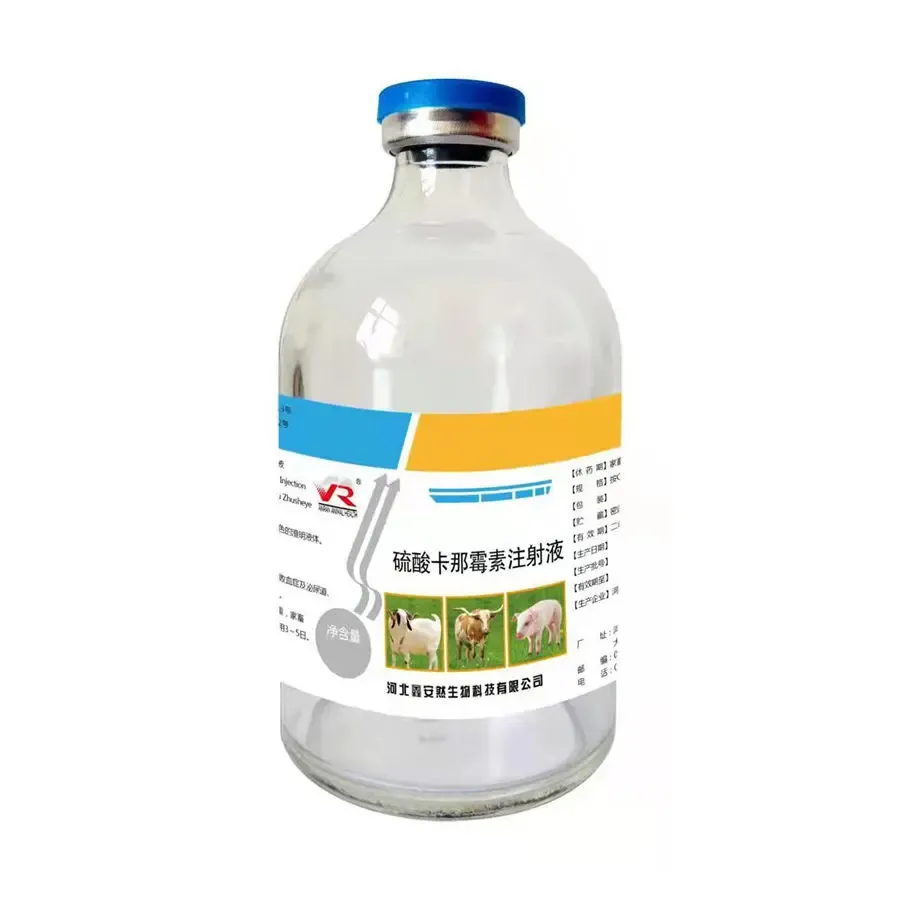- Afrikaans
- Albanian
- Amharic
- Arabic
- Armenian
- Azerbaijani
- Basque
- Belarusian
- Bengali
- Bosnian
- Bulgarian
- Catalan
- Cebuano
- Corsican
- Croatian
- Czech
- Danish
- Dutch
- English
- Esperanto
- Estonian
- Finnish
- French
- Frisian
- Galician
- Georgian
- German
- Greek
- Gujarati
- Haitian Creole
- hausa
- hawaiian
- Hebrew
- Hindi
- Miao
- Hungarian
- Icelandic
- igbo
- Indonesian
- irish
- Italian
- Japanese
- Javanese
- Kannada
- kazakh
- Khmer
- Rwandese
- Korean
- Kurdish
- Kyrgyz
- Lao
- Latin
- Latvian
- Lithuanian
- Luxembourgish
- Macedonian
- Malgashi
- Malay
- Malayalam
- Maltese
- Maori
- Marathi
- Mongolian
- Myanmar
- Nepali
- Norwegian
- Norwegian
- Occitan
- Pashto
- Persian
- Polish
- Portuguese
- Punjabi
- Romanian
- Russian
- Samoan
- Scottish Gaelic
- Serbian
- Sesotho
- Shona
- Sindhi
- Sinhala
- Slovak
- Slovenian
- Somali
- Spanish
- Sundanese
- Swahili
- Swedish
- Tagalog
- Tajik
- Tamil
- Tatar
- Telugu
- Thai
- Turkish
- Turkmen
- Ukrainian
- Urdu
- Uighur
- Uzbek
- Vietnamese
- Welsh
- Bantu
- Yiddish
- Yoruba
- Zulu
8 月 . 12, 2024 07:40 Back to list
Use of Oxytetracycline Injection in Cattle for Effective Treatment of Bacterial Infections and Health Management
Oxytetracycline Injection for Cattle An Overview
Oxytetracycline is a broad-spectrum antibiotic that plays a crucial role in veterinary medicine, especially in the treatment of bacterial infections in cattle. As a member of the tetracycline family, it is used to combat infectious diseases caused by susceptible bacteria, thereby promoting animal health and productivity. In this article, we will explore the uses, benefits, administration, and considerations related to oxytetracycline injection in cattle.
Uses of Oxytetracycline in Cattle
Oxytetracycline is primarily utilized to treat respiratory infections, mastitis, and various other bacterial infections in cattle. It is effective against a wide range of pathogens, including those responsible for diseases such as shipping fever, pneumonia, and infectious keratoconjunctivitis. Additionally, it is sometimes used as a preventive measure in situations where cattle are at risk of contracting infections, particularly in stressful environments such as transport or shortly after calving.
Benefits of Oxytetracycline Injection
One of the significant advantages of oxytetracycline is its fast action against a broad spectrum of bacteria, which can help in quickly controlling infections and reducing mortality rates in affected herds. The use of injections allows for direct administration into the bloodstream, leading to rapid absorption and distribution throughout the body, maximizing therapeutic effects. Moreover, oxytetracycline is relatively safe when administered correctly, with a well-established safety profile in cattle.
Additionally, oxytetracycline has been shown to improve weight gain and feed efficiency in cattle, making it beneficial not only in treating diseases but also in enhancing overall production
. As a result, farmers have recognized its importance in maintaining healthy livestock and achieving better economic returns.Administration of Oxytetracycline
oxytetracycline injection for cattle

Oxytetracycline is typically administered through intramuscular or intravenous injection, depending on the severity of the condition being treated and the veterinary recommendations. Dosing is crucial; the dosage and frequency depend on the specific infection, the age, weight, and condition of the animal. Veterinarians usually recommend following the guidelines provided by the manufacturer to prevent underdosing or overdosing, which can lead to treatment failure or side effects.
It’s essential to monitor cattle after administration for any potential adverse effects, such as allergic reactions or gastrointestinal disturbances. Veterinary supervision is always recommended to ensure safe and effective treatment.
Considerations and Resistance Issues
While oxytetracycline is a valuable tool in cattle management, it is not without its challenges. One of the most significant concerns is the development of antibiotic resistance. Overuse or misuse of antibiotics can lead to resistant strains of bacteria, making it more difficult to treat infections in the future. Therefore, it is critical to use oxytetracycline judiciously and only when necessary.
Farmers and veterinarians should adopt an integrated approach to disease management, incorporating vaccination, good husbandry practices, and biosecurity measures alongside the use of antibiotics. This holistic strategy can help minimize the reliance on antibiotics while still ensuring the health and welfare of cattle.
Conclusion
In conclusion, oxytetracycline injection is an essential component of cattle health management, enabling the treatment of bacterial infections effectively. Its benefits not only aid in recovery but also contribute to improved production efficiency. However, with the increasing concern regarding antibiotic resistance, responsible usage is vital. By adhering to best practices and working closely with veterinarians, cattle producers can maximize the benefits of oxytetracycline while safeguarding the future efficacy of antibiotics in veterinary medicine.
-
The Power of Radix Isatidis Extract for Your Health and Wellness
NewsOct.29,2024
-
Neomycin Sulfate Soluble Powder: A Versatile Solution for Pet Health
NewsOct.29,2024
-
Lincomycin Hydrochloride Soluble Powder – The Essential Solution
NewsOct.29,2024
-
Garamycin Gentamicin Sulfate for Effective Infection Control
NewsOct.29,2024
-
Doxycycline Hyclate Soluble Powder: Your Antibiotic Needs
NewsOct.29,2024
-
Tilmicosin Premix: The Ultimate Solution for Poultry Health
NewsOct.29,2024













